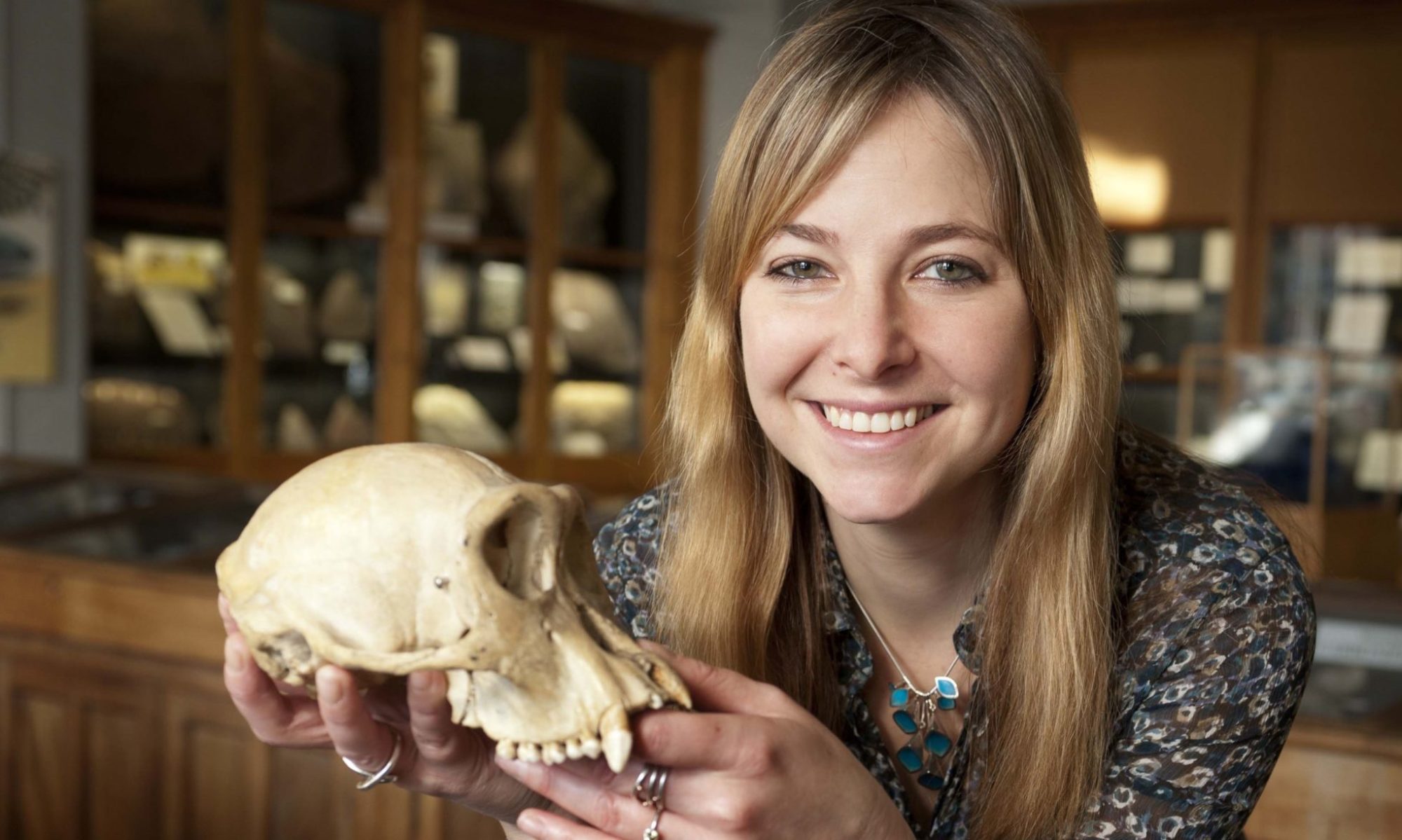Chapter Overview:
In this chapter, Roberts concludes her survey of human evolution and development with final remarks.
Chapter Summary:
In the concluding chapter of her book, Roberts surveys the history of understandings of our own development and evolution. She recalls previous misinterpretations of our origins and looks to the future of science to further explain the things that make us human. She returns to her focus on embryology to point to the shared history that is so obvious in our development and points out that many anatomical differences arise through tinkering with our already present set of genes during gestation which ultimately changes how our body will develop over our lifetime. Evolution is constrained by what already exists. This allows us to see our history in other species that led to our own development and to see how we have modified our body plans over the years yet maintain many similarities with other vertebrates and indeed all living creatures. We create the technological and social environment we inhabit, and this will inevitably lead to changes in ourselves. Things change rapidly as technology progresses and we will continue to change, just as our ancestors did in response to the use of stone tools. Humans do not have traits that are entirely unique to us, rather it is the combination of traits that leads to our own uniqueness. Every species is different, we do not hold a privileged position in the tree of life as the epitome of evolution. Our future is full of responsibilities and Roberts asks readers to accept this responsibility to ourselves and the entire planet and to fight for a sustainable future.
